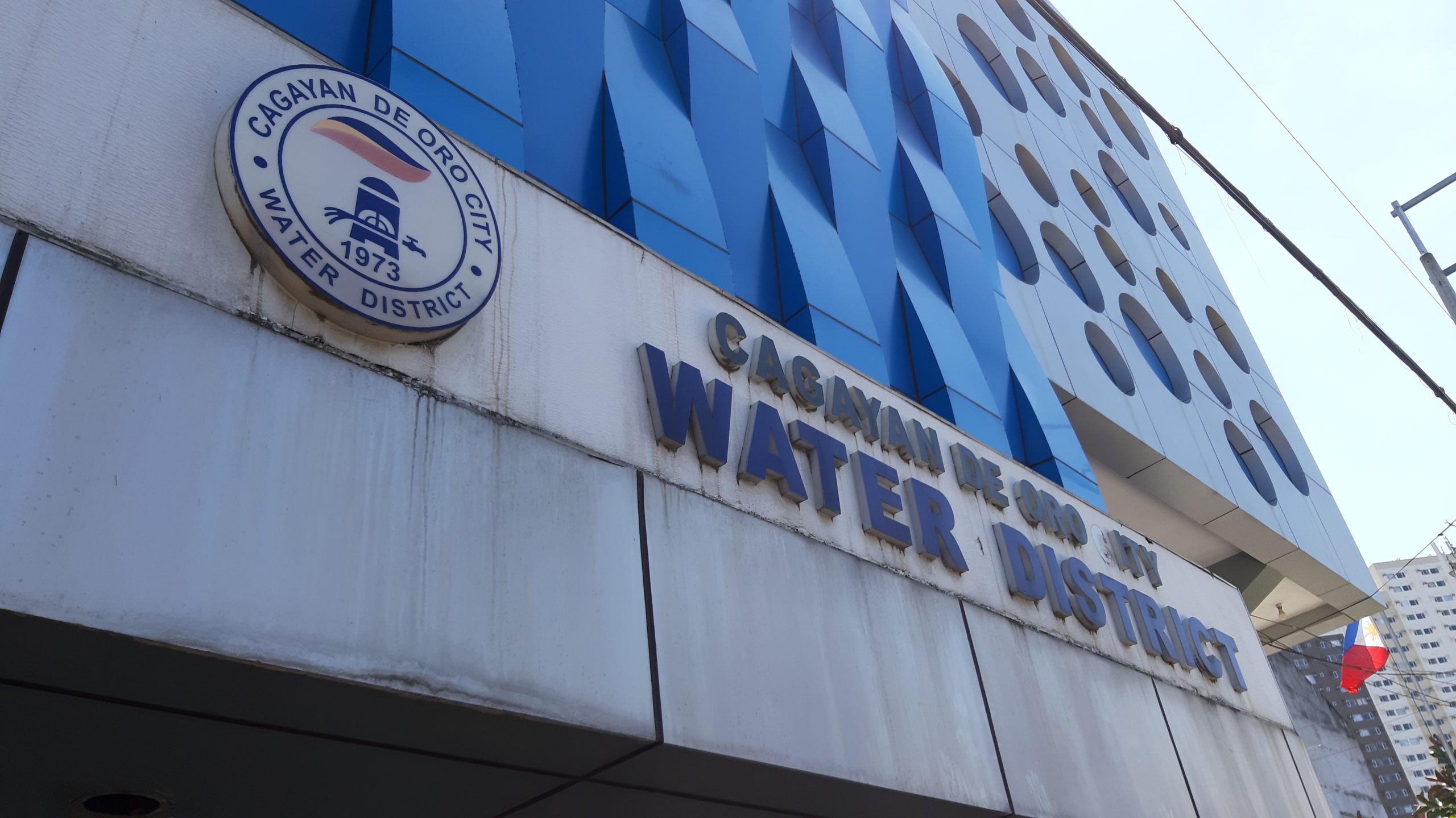William Adan .
NAAWAN, Misamis Oriental – A clean and balanced environment is a sine qua non in development.
Securing the people from the hazards and ill effects of air pollution is a primary government responsibility. Generally a trans-boundary problem, even within a country, air pollution needs therefore to be addressed nationwide. Laws concerning carbon emission, management and control apply throughout the land. Their implementation and enforcement, however, can be location-specific, in consideration of point source, and the appropriate measures for remediation; it rests in great measure on the shoulder of local governments.
The establishment of green zones, meaning, public parks planted with shade trees, has always been recommended by authorities on the remediation of air pollution in Metro Manila. Plants in the manufacture of their food use carbon dioxide and release oxygen into the air. Thus, tree-planting is a science-based alleviation.
Unfortunately, the measure is nothing but wishful. There is no way to expand existing green parks or establish new ones because of space limitation. Nonetheless, the phytoremediation of air pollution in the metropolis may still be accomplished by legal fiat, that is by promoting, if not, allowing only the construction of green buildings for new infrastructure projects or the renovation of already existing into green ones, perhaps, with government incentives or assistance. Green buildings have rooftops and sides made into gardens of grass, flowers, and shrubs. These structures are accordingly cool inside and out.
On the other hand, instead of trees, aquatic green zones maybe established in areas of the metropolis along Laguna de Bay and those traversed by rivers like that of Marikina and the Pasig utilizing the year round abundant water hyacinth.
It is now known that the micro algae, particularly the diatoms, the drifting phytoplankton that covers the surface of the vast oceans, can absorb more carbon dioxide and release more oxygen into the atmosphere than the Amazon and all the rainforest jungles in the world combined. If the microscopic plant can do it, there is no reason why the floating macro hyacinth can’t do the same service for the polluted metropolis. The dark green aquatic plant thrives naturally and luxuriantly in polluted environment.
Hyacinth gardens may be established by local government units at the length on both sides of say, Pasig and Marikina River, and alongside Laguna de Bay, confined and maintained in such a way as not to obstruct navigation. The huge cover that the floating plants will provide may do what trees can in sequestering carbon in metropolitan Manila. What is generally considered a pest and an eyesore may yet be the one to beautify and help in securing for the metropolis safe and clean air.
(William R. Adan, Ph.D., is a retired professor and former chancellor of Mindanao State University at Naawan, Misamis Oriental. -Mindanews)
Disclaimer
Mindanao Gold Star Daily holds the copyrights of all articles and photos in perpetuity. Any unauthorized reproduction in any platform, electronic and hardcopy, shall be liable for copyright infringement under the Intellectual Property Rights Law of the Philippines.












